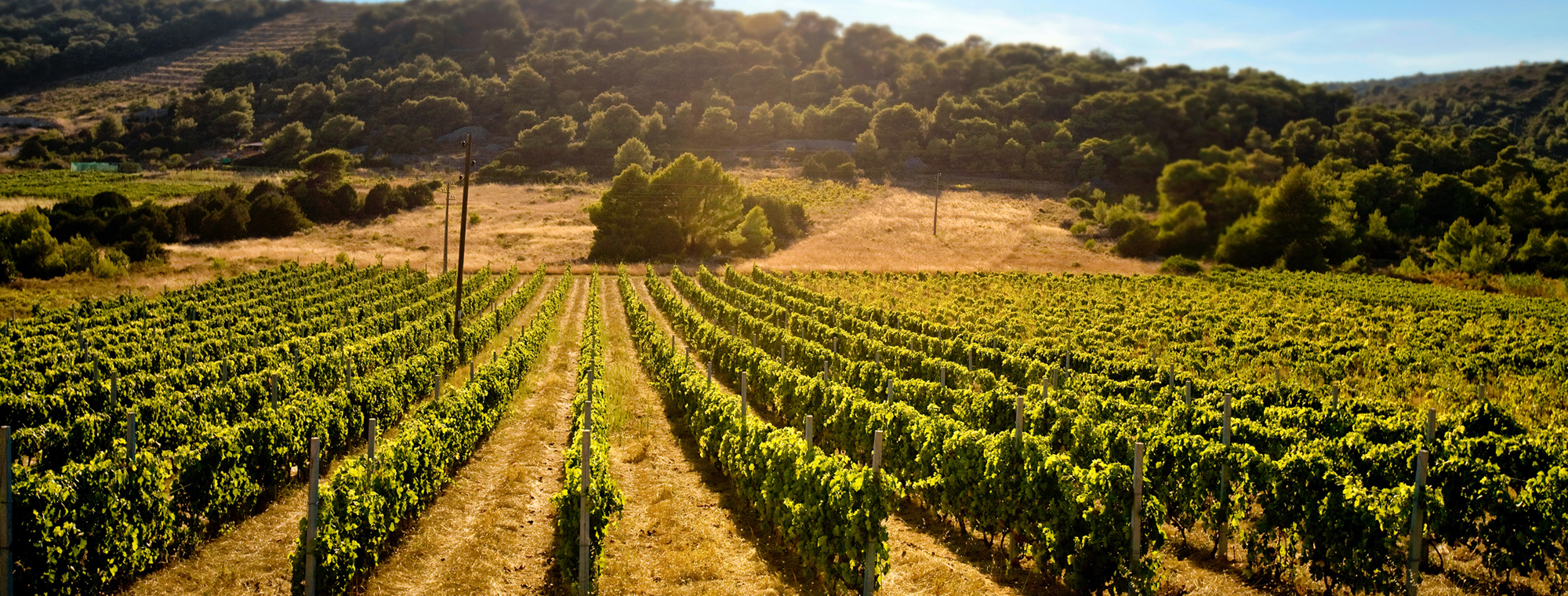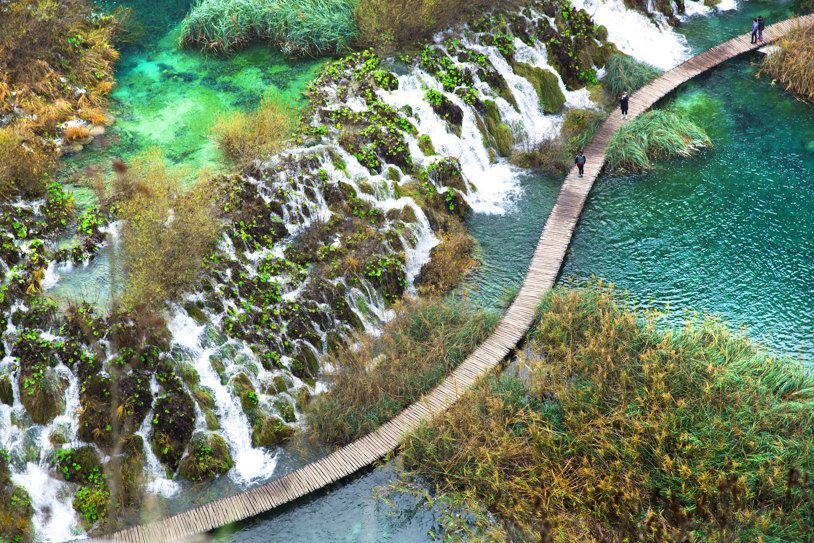While it’s recently become popular as one of the major filming locations for Game of Thrones, Croatia has been a hub for winemaking for thousands of years.
A Quick Guide to
Croatia's Wine Regions

A brief history of Croatia's wine regions
While it may not have the hype of other wine-producing countries, Croatia's wine certainly has the pedigree to make it a major player on the international scene. Croatia has actually been a hub for winemaking for thousands of years. Wine production began with Illyrian tribes in the Dalmatia region and grew under Greek and Roman rule. And in the 1990s, it was discovered that the very popular Zinfandel grape traces its genetic roots to Croatia—the Crljenak Kaštelanski grape.
Wine areas in Croatia were traditionally divided into two regions: coastal and continental. Coastal vineyards were located on the Adriatic coast—across from Italy—which meant a Mediterranean climate and sea breezes. Continental vineyards were located further inland, in the northeastern area of the country—bordered by Slovenia, Hungary, and Bosnia and Herzegovina.
In 2012, Croatian winemakers decided to replace the traditional two-region system with four designated wine regions and 12 sub-regions. In total, there are over 800 wineries in the country with 64 indigenous grape varieties. But let’s take a closer look at two of the major regions: Dalmatia and Slavonia & Danube.
Our Top 2 Croatia Wine Regions
The Dalmatia Wine Region of Croatia
Dalmatia is a coastal region that encompasses the popular cities of Dubrovnik and Split. Its location near the sea yields unique characteristics in the region’s wines. Plavac Mali, Croatia’s most famous and highly regarded red wine, is produced here. It’s a rich wine featuring berry and spice flavors and is so esteemed that it was the first Croatian wine to have its own protected appellations. Plavac Mali is a relative of Zinfandel; Crljenak Kaštelanski was discovered in Dalmatia.
The region is also known for fruity white wines, especially Pošip. This crisp white offers notes of citrus, apple, and vanilla spice, and its burgeoning popularity means that it now grows throughout Croatia.
The Slavonia & Danube Wine Region of Croatia
Located on the continental interior, this region is bordered by three main rivers—the Danube, Drava, and Sava—which make for fertile, wine-friendly soil. It’s a cooler climate than coastal Dalmatia, which means it’s ideal for white wines.
Graševina, Croatia’s most widely planted variety and most popular white, is largely produced in Slavonia & Danube. Also known as Welschriesling, Graševina is dry, aromatic, and pairs perfectly with fish and poultry. White wines comprise 60% of Croatia’s production, and you’re likely to find international varieties—such as Chardonnay, Pinot Gris, and Riesling—growing in Slavonia as well.













